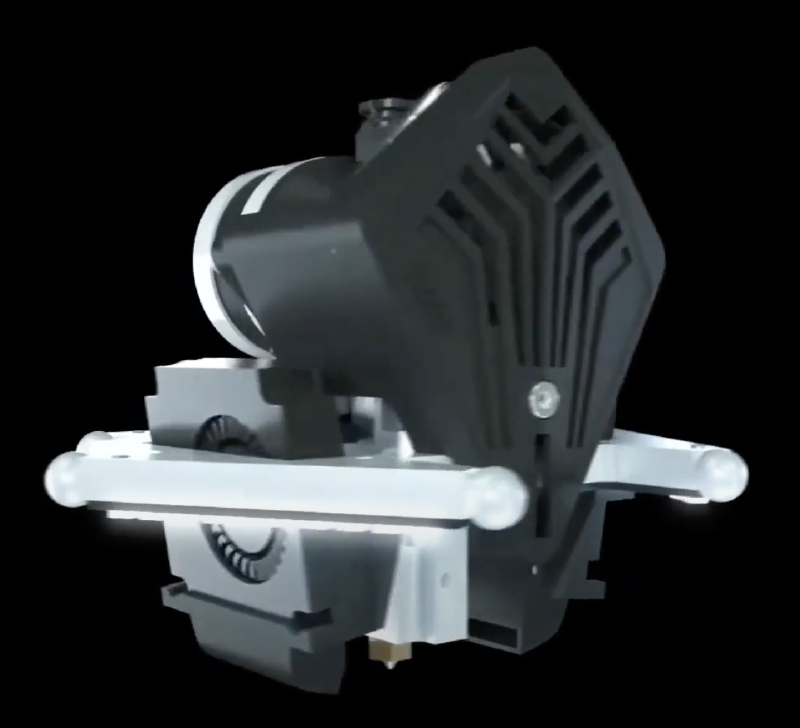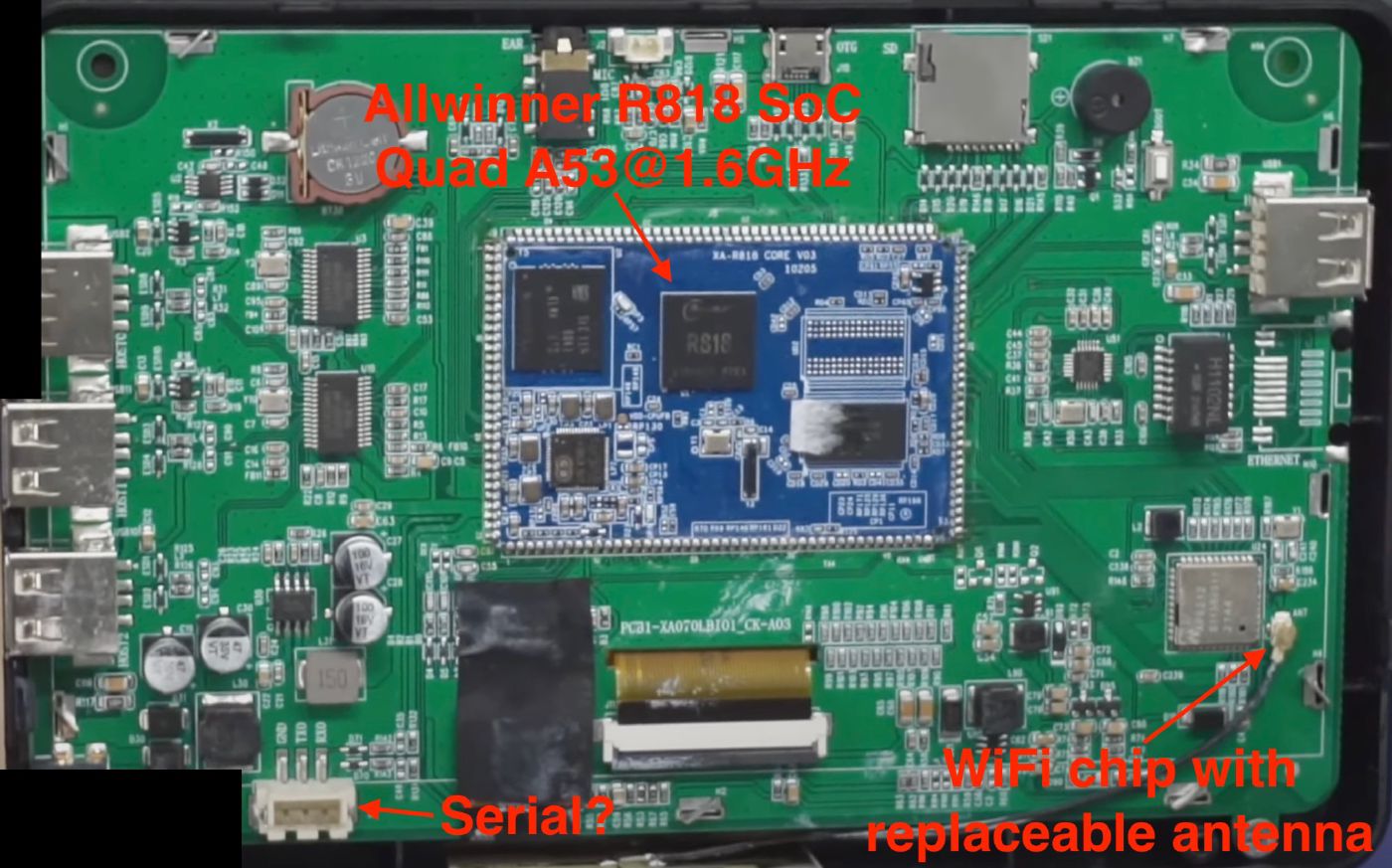Flsun V400: Why I Bought One?

Flsun recently released a new delta printer called V400, and it got me interested. Flsun claims it can print at speeds of 400mm/s in the stock configuration. It took me a lot of tuning to reach that speed on my Voron 2.4, and I know it’s a pretty high target. I decided to order one and I’m going to share my reasons (full review will come when I receive the printer).
Direct drive extruder
The previous flagship printer from Flsun, Super Racer, comes with a bowden type extruder, and many people upgrade it to direct drive. Direct drive extrusion is better for quality, but it adds weight and thus reduces the max possible acceleration. When you add direct drive extruder you usually have to attach it on top of the hotend: you are adding significant mass and it’s high up in the toolhead. Flsun decided to ship V400 with a direct drive system straight from the factory. The significant advantage here is that they were able to integrate the hotend and the extruder housing to make it a very compact and lightweight unit. It weights 374g which is heavier than Flsun SR effector at 264g but if you add even the lightest extruder like Sherpa Mini that’s additional 135g that needs to go at the very top of it. The hotend features a Volcano style heater and a custom high flow nozzle (similar to CHT Volcano). I may upgrade the heater to CHC Pro to improve heat up time.

Klipper powered
Klipper is my firmware of choice (you can read why here), and Flsun V400 comes with Klipper preinstalled. It runs on the “pad” with a large 7-inch IPS LCD display powered by KlipperScreen. It features a quad-core 1.6GHz ARM CPU with 1GB of DDR4 memory and 16GB eMMC storage. I’m pleased to see eMMC storage which should make it more reliable than using SD cards. However, you can easily replace SD cards and I wonder how easy it will be to flash the eMMC storage to restore the original system in case it gets corrupted. It’s a lot easier to mess this system up than Marlin based system and I hope they configured the software for resilience since even an unexpected power off can sometimes corrupt a file on the system. Also, how Flsun is going to ship updates? If the web interface allow to update Klipper then users will likely run into the situation where the Klipper version doesn’t match Klipper on the controller board. It will be very interesting to see how they configured this system.

The Klipper board is connected to MKS Robin Nano controller board which is a simple but reliable board. I have used MKS boards in the past and never had any issues. The only problem with MKS Robin Nano is that it can only run 24V fans. You would have to add an external DC converter if you wish to use 12V fans. Besides it, I don’t see any reason to change the board. It comes with either TMC2209 or TMC2226 (not confirmed yet) and both are very good drivers.
Double axis linear rails
Most high-end 3D printers use MGN9 or MGN12 linear rails for their motion system. It’s considered the best option out there, but Flsun decided to upgrade to double-axis linear rails (see here). I haven’t seen it being used on 3D printers before, but they have advantages like adjustable preload and high precision. They should also ride more quietly, but we will have to test and measure that. I’ve seen some people question this choice and we will have to see whether it’s an improvement or not.
Is it worth getting?
Flsun V400 looks to be a top-tier printer. It comes with all the features you would typically want to add after the purchase: like Klipper firmware and direct drive extruder. I think it’s fairly priced since you get a lot of value included from the factory. I bought one directly from Flsun and experienced delays and poor communication from their customer support. I would recommend buying from a bigger shop like here so you get a buyer protection in case you have any issues.
I’ve been printing with V400 for more than 6 months now and I think it’s a great machine. It worked out of the box very well and I only added a web cam on it. I would like to compare it to BambuLab X1C since V400 and X1C are the top printers on the market right now. I think BambuLab is probably a little better for total beginners because it comes with its own slicer with all the settings tuned for the printer and ready to go. On the other hand, V400 is a little better for tinkering since it’s powered by Klipper with a nice skin on top. This should be enough to know which one suits you better.